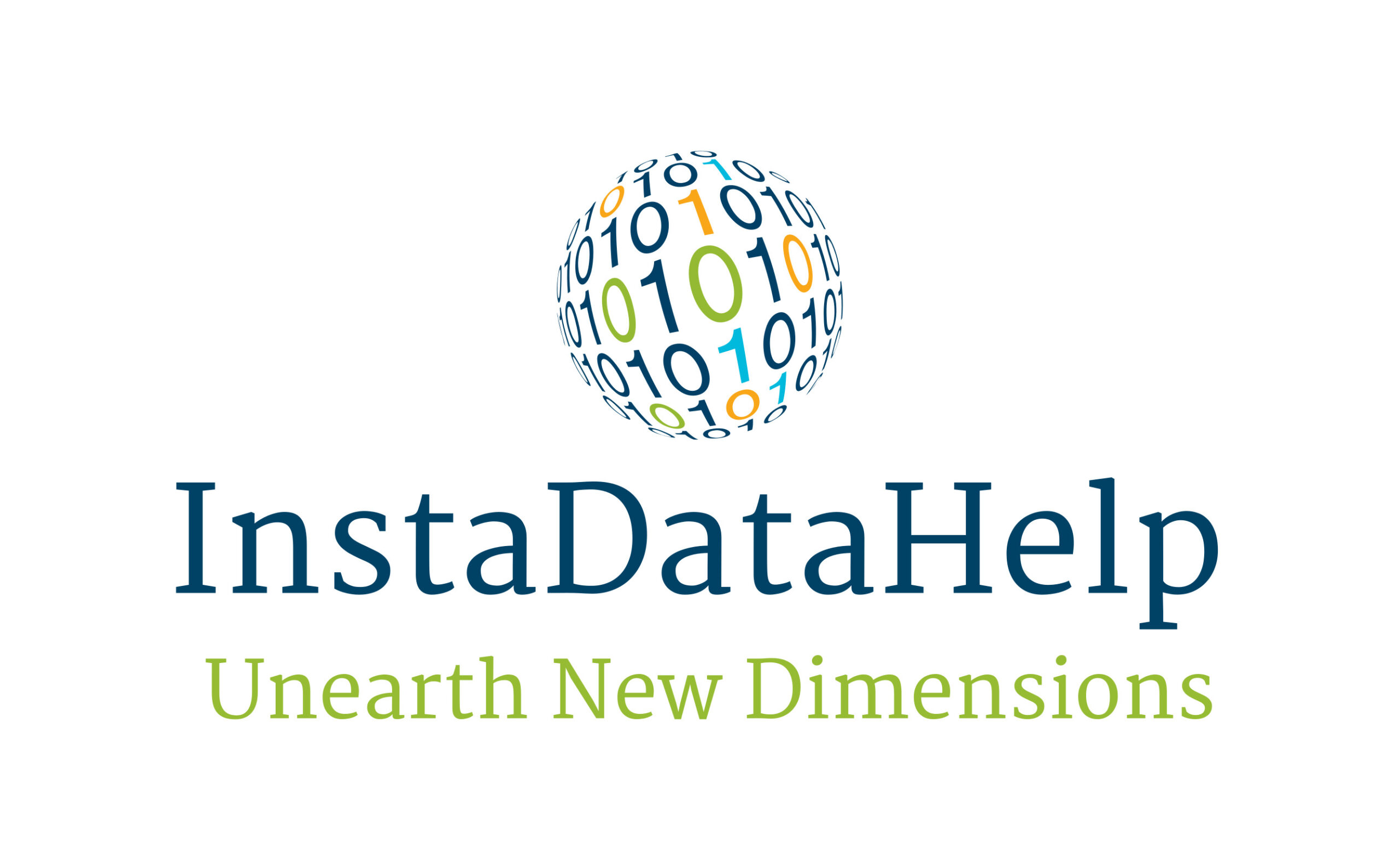Clustering Algorithms: A Comparative Analysis of Popular Methods
Introduction:
In the field of data analysis and machine learning, clustering algorithms play a crucial role in grouping similar data points together. This process, known as clustering, helps in identifying patterns, relationships, and structures within datasets. Clustering finds applications in various domains such as customer segmentation, image recognition, anomaly detection, and recommendation systems. In this article, we will provide a comparative analysis of popular clustering algorithms, highlighting their strengths, weaknesses, and use cases.
1. K-means Clustering:
K-means is one of the most widely used clustering algorithms. It aims to partition data points into K clusters, where each data point belongs to the cluster with the nearest mean. The algorithm iteratively updates the cluster centroids until convergence. K-means is computationally efficient and works well with large datasets. However, it assumes that clusters are spherical and of equal size, making it sensitive to outliers and noise.
Use cases: Image compression, document clustering, market segmentation.
2. Hierarchical Clustering:
Hierarchical clustering builds a hierarchy of clusters by either merging or splitting them based on their similarity. It can be agglomerative (bottom-up) or divisive (top-down). Agglomerative clustering starts with each data point as a separate cluster and merges the most similar ones until a single cluster is formed. Divisive clustering starts with all data points in one cluster and recursively divides them into smaller clusters. Hierarchical clustering provides a visual representation of the clustering structure but can be computationally expensive for large datasets.
Use cases: Gene expression analysis, social network analysis, taxonomy creation.
3. DBSCAN (Density-Based Spatial Clustering of Applications with Noise):
DBSCAN is a density-based clustering algorithm that groups together data points based on their density. It defines clusters as dense regions separated by sparser regions. DBSCAN can discover clusters of arbitrary shape and is robust to noise and outliers. It does not require specifying the number of clusters in advance. However, it struggles with datasets of varying densities and can be sensitive to the choice of distance metric.
Use cases: Anomaly detection, spatial data clustering, fraud detection.
4. Mean Shift Clustering:
Mean Shift is a non-parametric clustering algorithm that iteratively shifts data points towards the mode of the underlying probability density function. It identifies clusters as regions of high data density. Mean Shift is robust to noise and can handle datasets with irregular shapes and sizes. However, it requires tuning bandwidth parameters and can be computationally expensive for large datasets.
Use cases: Image segmentation, object tracking, motion analysis.
5. Spectral Clustering:
Spectral clustering transforms the data into a lower-dimensional space using the eigenvectors of a similarity matrix. It then applies traditional clustering algorithms, such as K-means, to the transformed data. Spectral clustering can handle non-linearly separable data and is effective in detecting clusters with complex structures. However, it requires defining the number of clusters and can be sensitive to the choice of similarity measure.
Use cases: Image clustering, community detection, text categorization.
Conclusion:
Clustering algorithms are essential tools for discovering patterns and structures within datasets. Each algorithm has its strengths and weaknesses, making them suitable for different use cases. K-means clustering is efficient and works well with large datasets, while hierarchical clustering provides a visual representation of the clustering structure. DBSCAN is robust to noise and outliers, while Mean Shift can handle datasets with irregular shapes. Spectral clustering is effective in detecting clusters with complex structures. Understanding the characteristics of these popular clustering algorithms can help data analysts and machine learning practitioners choose the most appropriate method for their specific needs.



Recent Comments